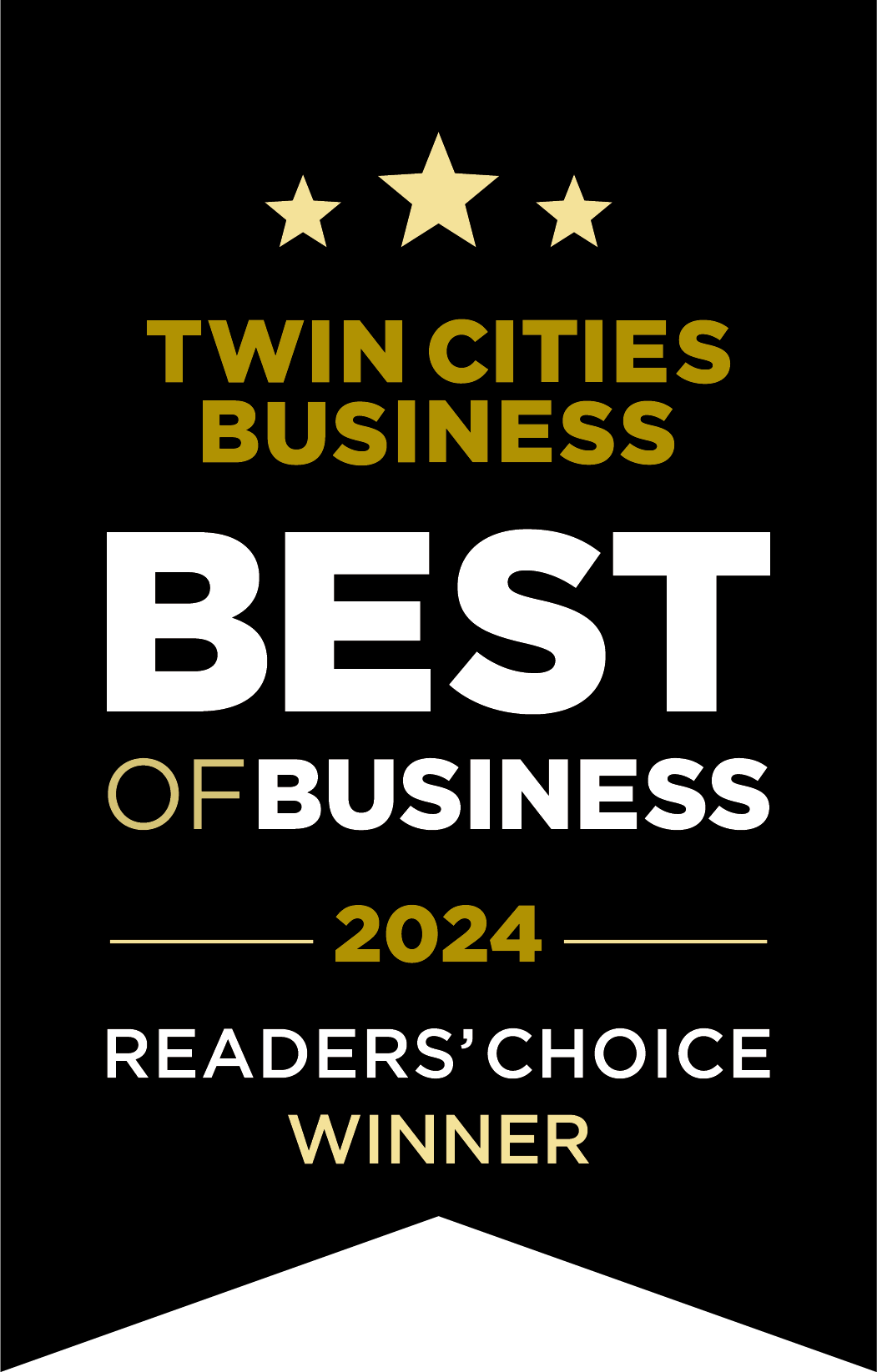When it’s time to transition your business, you have several options to consider. One that’s becoming more and more popular, especially for business owners who would like to give back to the employees who helped grow the company or would like to stay involved in the company, is to establish an employee stock ownership plan, or ESOP.
In most cases, transitioning the business is a difficult time for many business owners. Establishing an ESOP can ease the process because an ESOP will allow an owner to receive a fair price without needing to find an outside buyer, which could result in a difficult work environment transition for employees. Instead, the buyer—for all or part of the business—is the employees, allowing the business’ management and workforce to remain intact.
Despite their popularity, ESOPs are regularly misunderstood. This isn’t surprising given these plans have a lot of moving parts. To help you better understand the nuts and bolts of ESOPs, here are a few of the frequently asked questions we field at John A. Knutson & Co., PLLP.
Who controls an ESOP?
The ESOP is controlled by the trustee—that is, the individual who has a fiduciary responsibility for making sure the business is acting in good faith of the ESOP shareholders. The ESOP trustee is effectively the shareholder for the stock held by the employees in the ESOP.
The trustee could be an individual or an institution, and could be from within the business, such as a CFO, CEO, or director, or an external third party, such as a bank.
The trustee will be appointed by the company’s board of directors. Many companies have an ESOP committee within their board of directors whose job is to help the trustee, particularly if the trustee is external, stay up to speed on the business. The board of directors maintains the same decision-making power they had before the ESOP. What’s more, because the board is still in charge of the company’s business operations, it is the responsibility of the trustee and ESOP committee to ensure those decisions are in the best interest of the ESOP.
If part of the company is owned by an ESOP, and the other part is still owned by the business owner, the trustee is still responsible for making sure the company and the board of directors act in good faith of the ESOP’s shareholders. That said, it’s unusual for the trustee and owner to be on different pages; these two individuals often share a common goal and want what’s best for the business as a whole.
In addition to the trustee, the plan administrator also plays a role in overseeing the ESOP. This individual’s responsibilities include making sure the ESOP complies with the plan document and employees are provided the requisite plan information.
The plan administrator could be the company itself, a committee within the company, or an external third party. The individual serving as the plan administrator should have the skills needed to keep track of records. This could be a member of your human resources department or the person in charge of your company’s finances. If you own a small business, however, it might make more sense to bring in a third-party plan administrator.
What information are you required to provide ESOP shareholders?
Contrary to popular belief, employees who are members of an ESOP are not privy to compensation amounts and other sensitive information.
Employees within an ESOP must be provided with the following:
- Summary plan description – This document outlines the rules of the ESOP. Employees should receive this when the plan is initially set up. Employees who are new to the ESOP should receive this when they join.
- Summary annual report – Although this report summarizes the ESOP’s performance over the year, it’s fairly limited in scope.
- Individual benefits statements – Employees should receive this if they are terminated or laid off, or if they request one. The statement lays out the fair market value of the employee’s shares, vesting information, etc.
- Plan documents – These typically include the plan summary, plan assets, and trust documents.
Employees are not required to receive the following company information:
- Financial statements
- Tax returns
- Officer salaries
- ESOP share ownership structure
Nevertheless, if you wanted to provide any of this information to employees, you could. Companies that are 100% ESOP-owned tend to be more liberal with the information they provide to ESOP shareholders.
When you transition your business to an ESOP, for how long can you stay with the business?
After you transition your business to an ESOP, you can stay with the business as an employee—either within management or as a member of the board of directors—for as long as you’d like.
However, there are some exceptions to be aware of involving SBA-financed transactions and transactions that utilize the IRC 1042 election—these require the seller to be excluded from the ESOP. Ideally, if these exceptions do not affect you, you’ll remain with your business to ensure its ability to grow and maintain the ESOP loan. You can be removed from your management or board position when you’re ready to make your exit.
Explore your ESOP options ASAP
If you’re considering an ESOP, it’s important to understand what you’re getting into. The JAK team can help. Our team includes certified valuation analysts who can determine the value of your business as well as what you would get from the proceeds of an ESOP. We can also connect you to service providers such as bankers, attorneys, external trustees, and valuation companies that frequently work with ESOP-owned companies to address their unique needs.
Doing this kind of legwork ahead of time can prevent surprises and ultimately lead to a smooth transition for all involved. Contact us today to get started.


